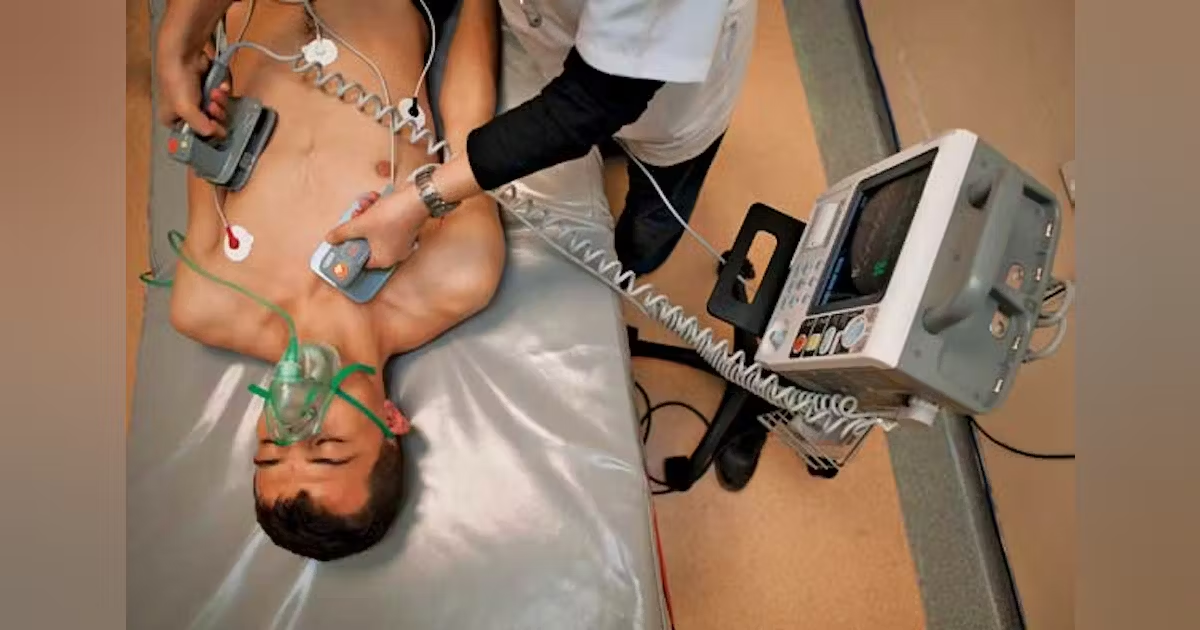No products in the cart.
Uncategorized
The Shocking Truth: How Defibrillator Voltage Saves Lives During Cardiac Arrest
Cardiac arrest is a terrifying and life-threatening medical emergency that strikes without warning. When the heart suddenly stops pumping blood effectively, the victim loses consciousness and will die within minutes if not treated immediately. But, there is one critical tool that can restart the heart and save lives – the defibrillator voltage.
In this blog post, we’ll explore the shocking truth about how defibrillator voltage is the key to surviving cardiac arrest. We’ll explain how defibrillators work, the importance of the voltage delivered, and what you need to know to help save a life in an emergency. By the end, you’ll have a better understanding of this lifesaving technology and why every second counts when someone’s heart stops.
What is a Defibrillator and How Does it Work?
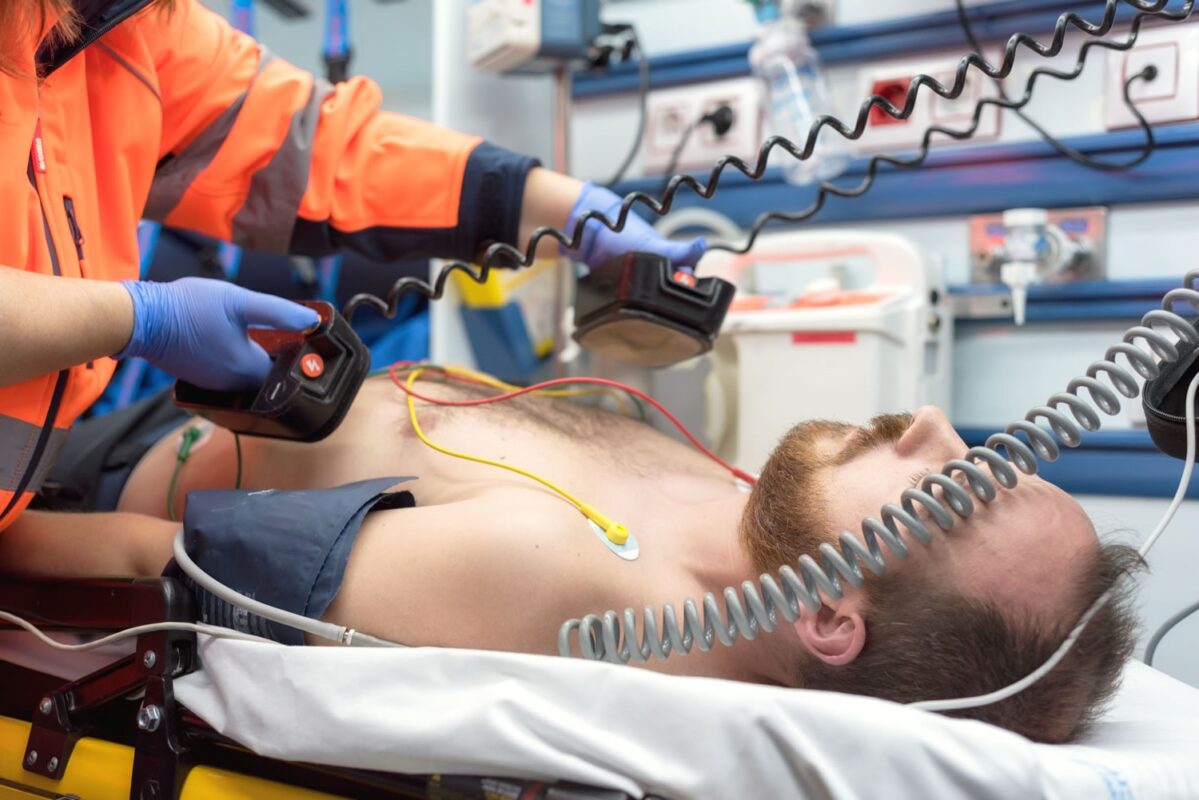
A defibrillator is a device that delivers a controlled electric shock to the heart through electrode pads placed on the victim’s bare chest. This shock is intended to stop the chaotic, life-threatening heart rhythms of ventricular fibrillation (VF) or pulseless ventricular tachycardia (VT) and allow the heart’s normal rhythm to resume.
When the heart stops pumping effectively, it often goes into VF, which is an uncoordinated, erratic heart rhythm. VF causes the heart to quiver rather than pump blood. Without blood flow, the victim loses consciousness within seconds and will die within minutes if not treated. Defibrillation is the only effective treatment for VF.
Defibrillators voltage work by delivering a high-energy electric shock that briefly stops all electrical activity in the heart. This gives the heart’s natural pacemaker cells a chance to regain control and restart the heart’s normal pumping rhythm. The shock essentially “resets” the heart.
The Importance of Defibrillator Voltage
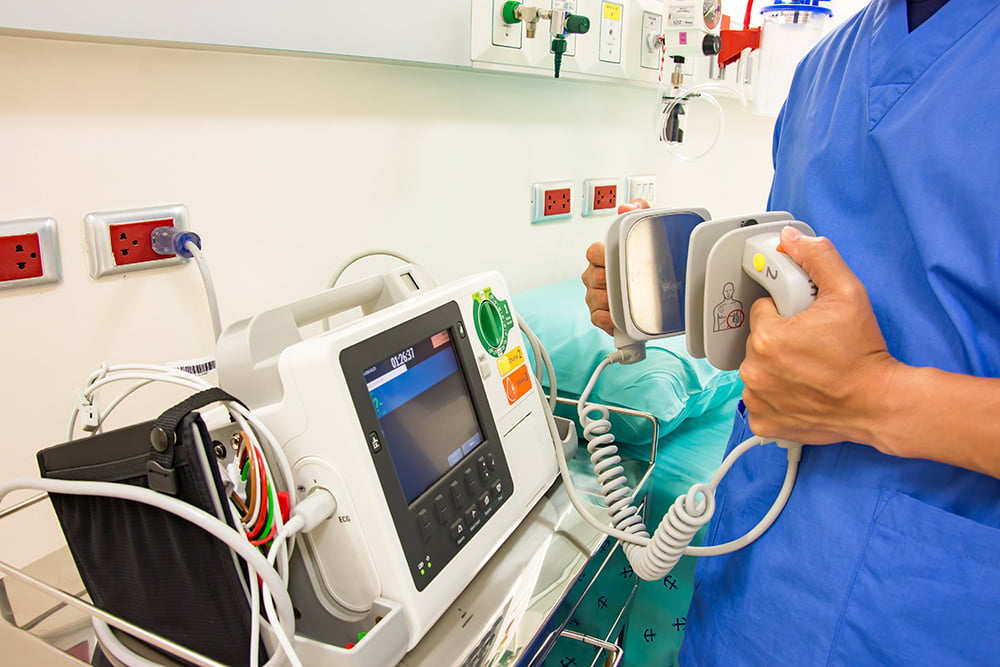
The voltage delivered by a defibrillator is critical to its effectiveness. The shock must be strong enough to successfully stop the chaotic heart rhythm and allow normal heart function to resume. If the voltage is too low, the shock will not be effective. If it’s too high, it can cause damage to the heart muscle.
Most modern defibrillators deliver between 120-360 joules of energy per shock. The voltage required to deliver this energy depends on the resistance of the victim’s chest wall. A typical adult requires 1,000-2,000 volts to deliver 200 joules of energy.The exact voltage needed can vary based on several factors:
- The victim’s chest wall thickness and composition
- The size and placement of the electrode pads
- Whether the victim is wet or has excessive chest hair
Defibrillators voltage are designed to automatically adjust the voltage to deliver the optimal energy dose based on the victim’s individual characteristics. This ensures the shock is strong enough to be effective while minimising the risk of injury.
The Chain of Survival for Cardiac Arrest

When someone goes into cardiac arrest, their chance of survival depends on how quickly they receive the right emergency care. This is known as the “Chain of Survival” and includes four critical links:
- Early recognition and call for help
- Early cardiopulmonary resuscitation (CPR)
- Early defibrillation
- Early advanced cardiac life support
The most important links are early CPR and early defibrillation. CPR keeps oxygenated blood flowing to the brain and other vital organs until the heart can be restarted. Defibrillation is the definitive treatment to stop VF and restart the heart.
For every minute that passes without defibrillation, the victim’s chance of survival decreases by 7-10%. Brain damage begins after just 4-6 minutes without oxygen. That’s why it’s critical to call emergency services immediately and start CPR while waiting for the ambulance to arrive with a defibrillator.
Who Can Use a Defibrillator?
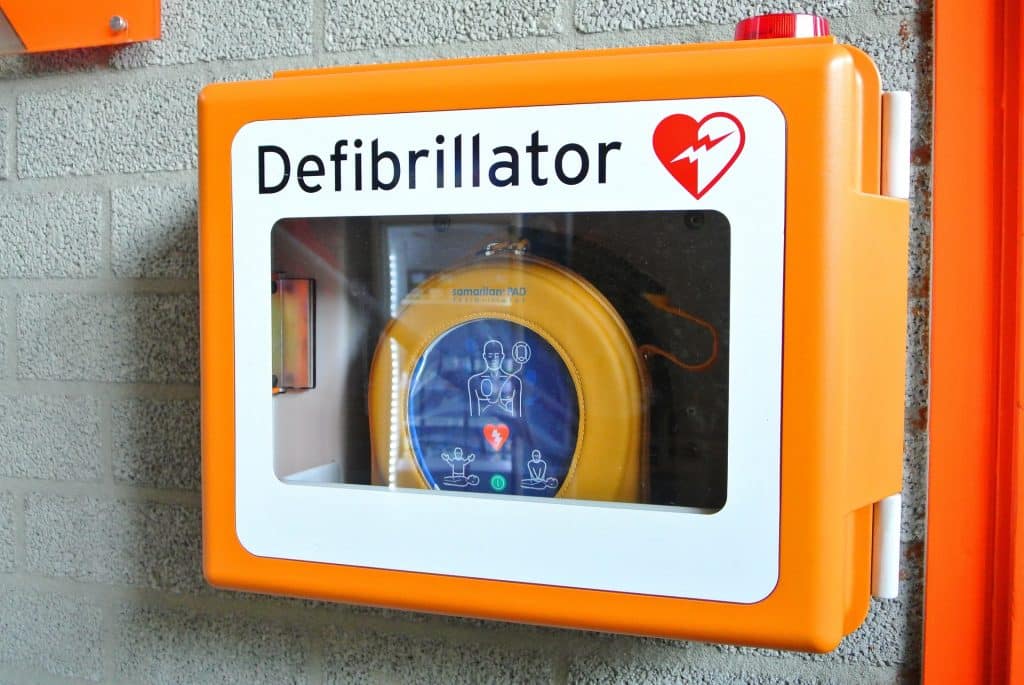
Defibrillators are designed to be used by both healthcare professionals and bystanders in an emergency. Automatic external defibrillators (AEDs) are portable, user-friendly devices that provide voice and visual instructions to guide the user through the process.
AEDs are becoming increasingly common in public places like airports, shopping malls, gyms, and schools. They are designed to be used by anyone, even those with no prior medical training. The device will not allow a shock to be delivered unless it detects a shockable heart rhythm, so it’s nearly impossible to make a mistake.
If you come across someone who has collapsed and is unresponsive, immediately call 911 and start hands-only CPR. Look around for an AED and bring it to the victim. The device will provide step-by-step instructions on how to place the electrode pads and deliver the shock. Keep doing CPR between shocks until emergency responders arrive.
The Future of Defibrillation
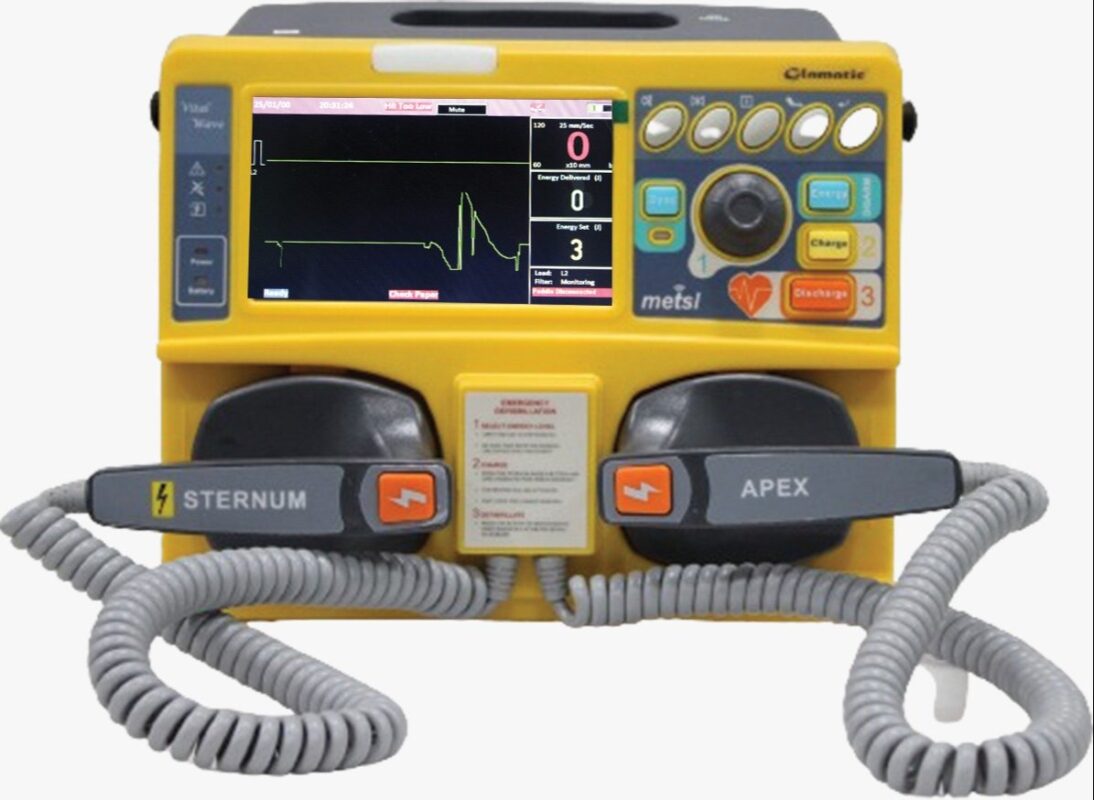
While defibrillation has been a lifesaving treatment for decades, researchers are constantly working to improve the technology and outcomes for cardiac arrest victims. Some exciting developments include:
- Smaller, more portable AEDs that can be placed in homes and businesses
- Smartphone apps that alert CPR-trained volunteers to nearby cardiac emergencies
- Wearable defibrillators for high-risk patients
- Improved electrode pads and conductive gels to optimise energy delivery
- Combination therapies using medications along with defibrillation
The goal is to make defibrillation more accessible and effective for all victims of sudden cardiac arrest. With continued research and education, we can save more lives and reduce the devastating impact of this medical emergency.
Conclusion of Defibrillator Voltage
Sudden cardiac arrest is a frightening and life-threatening event, but the good news is that defibrillator voltage can restart the heart and save lives. The key is delivering the right amount of voltage to the heart at the right time.
Every second counts when someone goes into cardiac arrest. By understanding how defibrillators work and their critical role in the Chain of Survival, you can be prepared to act quickly and confidently in an emergency. Learning CPR and how to use an AED could help you save a life.

